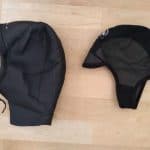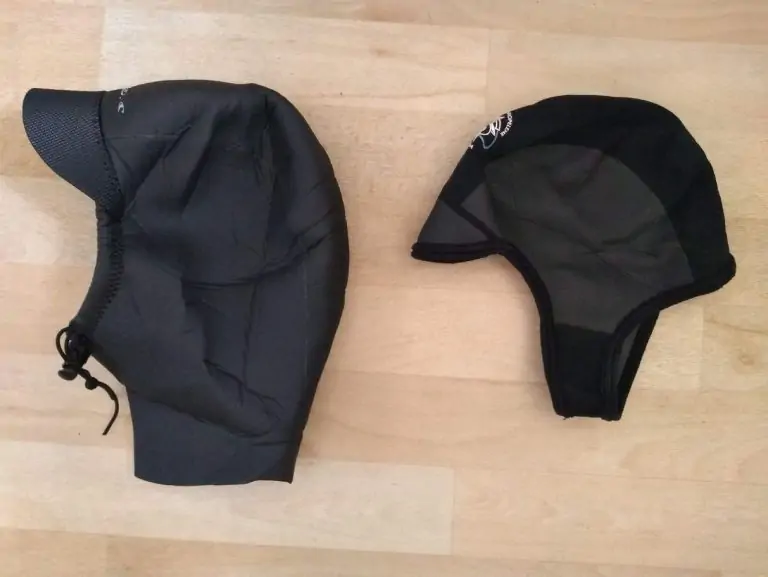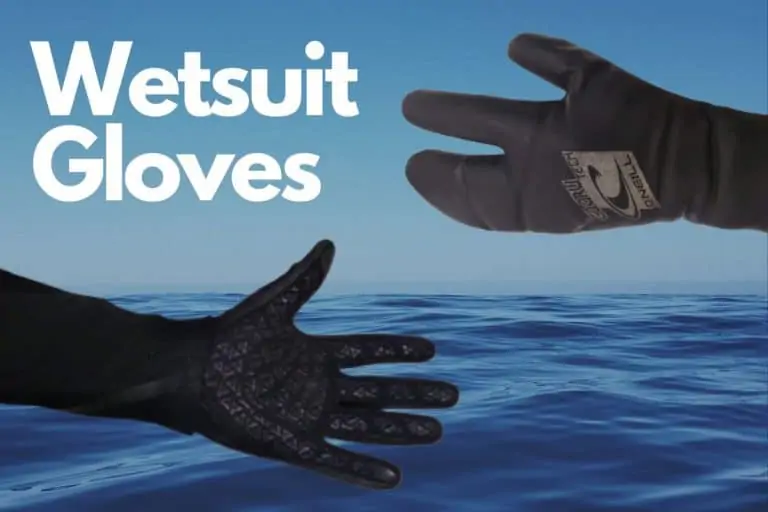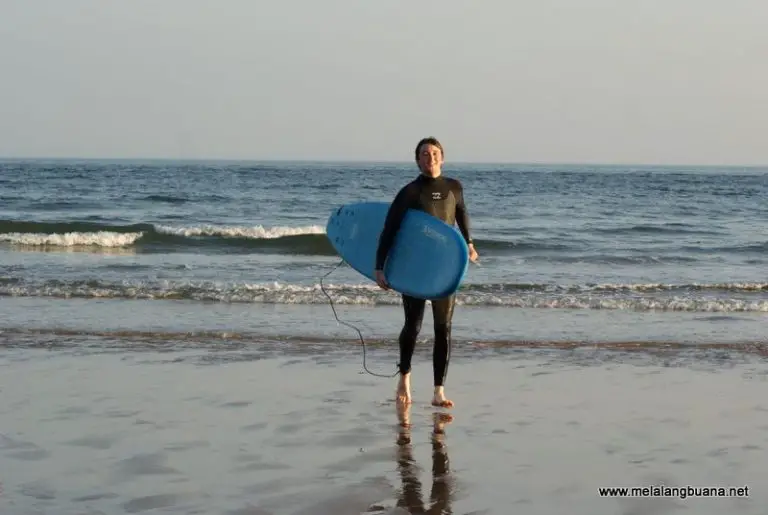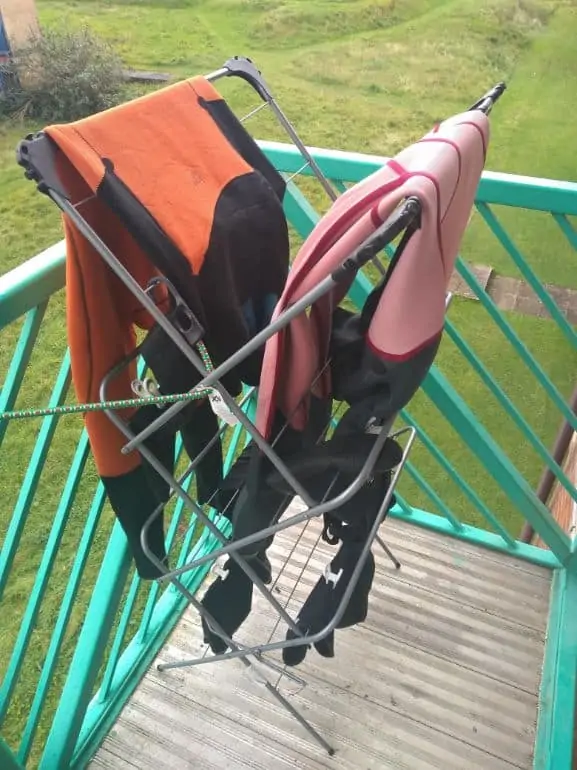What is the Warmest Wetsuit for Surfing? (Every Key Element)
Although many people think of surfing in warm and tropical waters, the reality for most of us is that we have to surf with a wetsuit for several months of the year.
When it comes time to surf in cold water, we also need to know how warm a wetsuit is going to be because staying warm is a crucial part of having fun and staying out in the surf.
So, what is the warmest wetsuit for surfing? There is no one brand or model that is the warmest, but 7mm thick wetsuits with added thermal properties are the warmest for surfing currently available. All the features for which will be explained below.
Now that you have the answer in brief, let’s look at more detail below to explain the differences between these types of wetsuits.
This will also help you get the right way to for your needs to stay out in the surf that bit longer.
Warmest Wetsuit for Surfing
Currently, the warmest wetsuits you can find for surfing are 7/6mm in thickness, like the toasty Billabong Furnace over on Amazon. However, this kind of wetsuit is for an extreme climate like surfing through winter Alaska, Iceland, Norway or similar.
The reality is, most surfers will never need more than a more standard 5/4mm thickness wetsuit for surfing in cold waters, and even then those wetsuits can go a long way, into water as cold as 43°F (6°C).
Nevertheless, to get the warmest wetsuit in your water temperature range, below are the key things to look for to help you stay warm.
Qualities of a Warm Wetsuit
To get maximum warmth out of your wetsuit for surfing, you want a wetsuit that has all of the following qualities:
- polypropylene lining
- liquid-taped seams
- snug fit
- attached hood
- quality brand
- not too old
Polypropylene lined
Polypropylene is a fairly new addition to surfing wetsuits but it is extremely welcome for people suffering in cold water. you will see this on the inside of a wetsuit often in a bright colour, such as orange or red.
it is fluffy and soft to the touch but do not be deceived, it adds a lot of extra warmth to a winter surfing wetsuit.
Given that this is an added extra, it does increase the price of a surf wetsuit to have polypropylene. Otherwise, there is no downside, it just makes you warmer and it’s extremely comfortable!
Liquid-taped seams
Wetsuits with these kinds of seams are also relatively new in surfing terms.
Whereas in the past, wetsuits just had the standard stitching, today the liquid taped seams mean that they are more comfortable, last longer and let in less water.
Liquid-taped seams on wetsuits are essentially liquid glue that covers the stitching or seam.
As mentioned above, this added feature prevents water getting in but also helps make your wetsuit more durable by holding the seams together.
A major problem with wet tooting cold water is that the seams gradually come apart overtime.
As you can imagine, a wetsuit that is full of water, stitched together and used a lot by a surfer needs to be heavy duty.
As such, having this liquid tape on the seams helps with durability and makes for a better and warm out winter wetsuit for surfers.
This liquid tape is generally only on the outside although more expensive or premium wetsuits have more and more of it on the inside, too.
As with the polypropylene lining, the only downside is that more liquid-taped seams mean a higher price.
Again, this tradeoff is worth it for many cold water surfers.

Snug fit
There are a few things more important for having a warm surfing wetsuit than a snug fit!
Because sizing a wetsuit is so tricky, I always recommend people to buy their first wetsuit from a local store in person.
Although buying a surf wetsuit online offers a lot of information and and is appealing, the downside of having a wetsuit that does not fit perfectly is more hassle than it’s worth.
Attached hood
Super thick surfing wetsuits will almost always come with a hood attached.
This is for good reason, because you will not be able to surf in super cold water without a hood, or without an excruciating headache!
The connection between your wetsuit and your hood therefore makes it warmer because it prevents many flushes of cold water getting into your suit since the wetsuit and hood is all one piece.
This is in comparison to a separate hood for a wetsuit, which can allow a lot more water to get into your wetsuit when duck diving.
This is something I know first-hand because I have had a separate hood for many years, which can often leave your neck exposed and your wet two more liable to flushing.
Having a hood attached to your warm winter wetsuit means that you will never forget it or lose it, making it a handy addition.
Quality brand
On top of all the points mentioned above, a winter wetsuit that will keep you warm in the safe also needs to be from a reputable surf brand.
Staying comfortable when surfing in cold water can only be done if you buy a quality wetsuit from one of the main surf brands.
My top recommendations for winter wetsuit brands are:
- O’Neill
- Xcel
- Vissla
- Patagonia
What is the best wetsuit for cold water surfing?
Of the above, I currently use an O’Neill winter wetsuit and would highly recommend it as it has been the best wetsuit I have ever owned for cold water surfing.
I know many people who use Xcel wetsuits and highly recommend them, too, although I have never used one myself.
I’ve also seen Vissla wetsuits in stores and they certainly look great, while also having some really good eco credentials.
Patagonia are also another brand with an environmentally friendly ethos and are certainly making some great, warm surf wetsuits!
Not too old
Having a new winter wetsuit is also one of the best ways to make sure it will be warm.
As we’ve touched on above, wetsuits need to be heavy duty because of the intensity and rigors of surfing.
The seams gradually stretch and let in more water, while the properties of the neoprene material used to make the suit mean that more water will be absorbed over time.
When wet, a winter wetsuit also carries a lot more weight because of the water it absorbs, which adds to the strain on the materials.
This has a further downside in that it stretches the wetsuit, making it that bit colder, too.
Generally speaking, a good winter wetsuit will only last 2 winters if used frequently (3-4 times a week), but they can last a lot longer if used less often.
For these reasons, I would never recommend buying a second-hand wetsuit for cold water surfing as they lose their warmth quite quickly.
Extra: good thermal under layers
on top of having a good quality and warm winter wetsuit, what you wear under it can also help to make it much better!
Specifically, I recommend wearing thermal under layers on top and bottom.
On your torso, I recommend wearing a thermal rash vest. This allows for movement in your arms but also keeps the core of your torso nice and warm.
on the bottom half, I recommend wearing similar thermals in the form of thermal shorts.
These again keep your “crucial parts” (!!) warm while allowing for plenty of flexibility.
Having these underlayers is also a nice extra boost when putting on a cold wet wetsuit because if your thermals are dry, then it’s one less part of your body to feel that wet wetsuit feeling!
Related Questions
What do you wear under wetsuit in cold water? The best items are thermal rash guard top and thermal shorts because these give you maximum warmth but also allow for flexibility.
wearing both of these items Will had a surprising amount of warmth that you will be grateful for in the cold surf!
Does a wetsuit keep you warm in cold water? Yes, a wetsuit does help to keep you warm but it is most effective when you keep moving throughout your time in the water. Wetsuits also provide a barrier to elements like cold winds as well.



